General
Manaslu Circuit trek in Nepal is one of the most interesting and beautiful treks the Himalayan country offers. Manaslu region was opened for tourists in the early ’90s. For years the trek could be done as a camping trek only, due to lack of accommodation facilities along the route. Till 2006 the number of visitors in the region was a few hundreds per year and did not exceed 850. Although the area is regarded a “Restricted Area” and the number of visitors should be limited to 1000 per year, trekking permits are issued for anyone applying. From the year 2007 there is a significant growth in the number of visitors: 1119 in 2007, 1579 in 2008, 1827 in 2009 and 2322 in 2010. Lodges started to pop up along the trekking route, and since recently there are lodges along the whole trail, eliminating the need to arrange camping logistics. This is a trigger for individual trekkers to choose Manaslu as their trekking destination, causing an additional increase in number of visitors and demand for additional, better accommodation facilities.We trekked Manaslu Circuit in Autumn 2011 season. The trek was a unique experience, mainly due to the pristine Nepal rural life still preserved in this area. This includes the traditional built environment. Nevertheless, a lodge construction boom is clearly seen in several locations along the trail. It is not secret for locals that the increasing number of trekkers is a sign that travelers are ‘discovering’ the Manaslu region, and everyone wants to take a share in the expected profits.
Looking at the lodge development made me worry. Although a handful of lodges are under construction right now, the signs of careless development are already seen. This is a crucial time when tourism development as a source of income to local communities collides with harming the landscape and the traditional values which are the essence of the area as a magnet for visitors.
Built environment of the Manaslu region
Here are a few examples of the traditional construction characterizing the area.
Stone houses with thatched / wood shingle roofs merge with the agricultural environment
Thatched / wood shingles roof
Slate can be defined as the trademark of the area. On the roof
As well as a paving material for village streets
In many areas locals and trekkers enjoy a bird eye view of the built environment exposing the “Fifth Elevation” of houses
Stone houses with wood shingle roofs blend naturally in the landscape
Camping sites and traditional lodges
This sight of the village of Samdo well demonstrates the “status quo” of tourists-locals accommodation in Manaslu region till a few years ago. Tourists mainly visit the area as part of organized camping treks.
In addition, a few lodges have been available along the route – for locals reaching the area such as porters and servicemen.
This lodge in Dobhan is built from stone, wood and slate roof, in a typical architectural style – guest rooms are located on the upper floor above the bottom level of a kitchen / dinning room / family living room and a store
Increasing use of metal as roofing and building material
Thatched roofs and slate or wood shingles are an integral part of the local environment, but are quite demanding for maintenance. These hand made roofs tend to leak, and in such a wet environment locals turn to more durable solutions. The use of metal, especially galvanized steel, as a convenient material for roofing is increasing in numerous developing countries.
This new guest house in Pewa is covered with a corrugated metal roof, far above the trail user eyes
But the new section of a central lodge in Namrung will dazzle your eyes on a sunny day, especially when located just across the old section of the lodge covered with slate and wood
But the most striking metal development can be seen in Deng. The village of Deng is located on a mountain slope high above the main trail. As Deng is a recommended stopover in the trek, a “lodge center” is starting to form on the main trail at the foot of the village.
This is how it looks from a distance
As you get closer you can spot a major metal disturbance
This guest house is probably going to be sent to outer space!
Shall we call it “The Tin House”? or maybe “The Rural Satellite”?
And here is another lodge being built in Deng
and yet another one, this one is equipped with a corrugated metal roof with a blue coating
Following are the new structures built in Dharamsala or Larke Phedi, at 4460 meters above sea level, the last accommodation point before Larke La – the peak of the trek
One may comment that we have to be thankful for the locals who made an effort to build such a convenient stopover for trekkers before Larke Pass, but this particular pristine point in the mountains deserves an extra attention when decorated with such a significant construction. The original structure of the rest house, currently serving guides and porters, is covered with a slate roof (near the yellow tents in the middle of the photo)
Use of metal in the mountains means that metal corrugated sheets are carried by porters
Such a metal roll costs 10,000 Nepali Rupees, a considerable amount of money.
Solutions?
Was a combination of metal and additional layer of wood / slate shingles considered?
Metal maybe convenient as a building material, but it is an aesthetic disturbance and a bad solution in terns of climatic aspects. But as can be seen, some locals choose to maintain the traditional building characteristics as seen in this lodge being built in Namrung
In an interesting initiative, “Habitat for Humanity Nepal” recently inaugurated an enterprise in Eastern Nepal that produces corrugated bamboo roofing sheets which are claimed to be more durable than conventional galvanized metal sheets, and of course much more environment friendly.
Bamboo is abundant in lower parts of the Budhi Gandaki Valley and can be a useful building material. Initiatives such as the “Habitat for Humanity” bamboo sheets factory are a fantastic solution to such construction issues. The problem is that corrugated metal is also regarded as a status and prosperity symbol. Local communities need guidance as for the benefits of using naturally available building materials and support in creating efficient ways of utilizing them.
Location and colors
Another place where vast construction takes place is the village of Shyala. With superb mountain scenery, this village has a great potential to be an attractive stopover. But the current development is disturbed by the annoying sights of chopped down forests surrounding the village, giving the feeling that somebody was abusing nature way too much.
Bhimtang also raises concerns regarding its lodge development. Till recently, it offered basic lodges in structures that blend with the majestic surrounding mountain scenery
This is what the area looks like
But this is the recent addition being built in the front
These are new “Cottages” under construction in Bhimtang. They will be a blessed improvement in accommodation there, but is that the optimal location for the new lodge in that tiny plateau? (in terms of the environment, not the business)? Are the blue roofs essential?
What colors will the cottage have?
Will they look like the cottages in Soti Khola, half a day walk from Bhimtang?
Does the Manaslu area deserve such Barbie houses seen from miles away?
Is this congested lodge town in Darapani in the Annapurna region suitable for the Manaslu region?
Is there a place in Manaslu region for Disneyland style lodges seen in Annapurna’s Tal?
Or Annapurna’s Jagat?
Conclusion
We are now on a crucial period. With the beginning of a notable increase in tourism to Manaslu region, locals identify the opportunity and start developing tourist services, with little concern about the environment, with minor attention to the heritage and values that are the main reason for tourist visits to the area.
There are bad examples to learn from. The Annapurna Circuit trail has turned into lodge towns trail. Tourists now choose to avoid Annapurna trail and seek for “Nepal as it used to be in the ’80s”.
Development has its cost, but there’s more in “sustainable development” than just words. It is time for local conservation bodies to act. It is time for government organizations such as MCAP and NGOs working in Nepal to pay attention to development in the area. In the long term locals will benefit from tourism in the area more, if they will be aware enough to maintain the precious traditional values they have and serve as a main attraction for visitors.

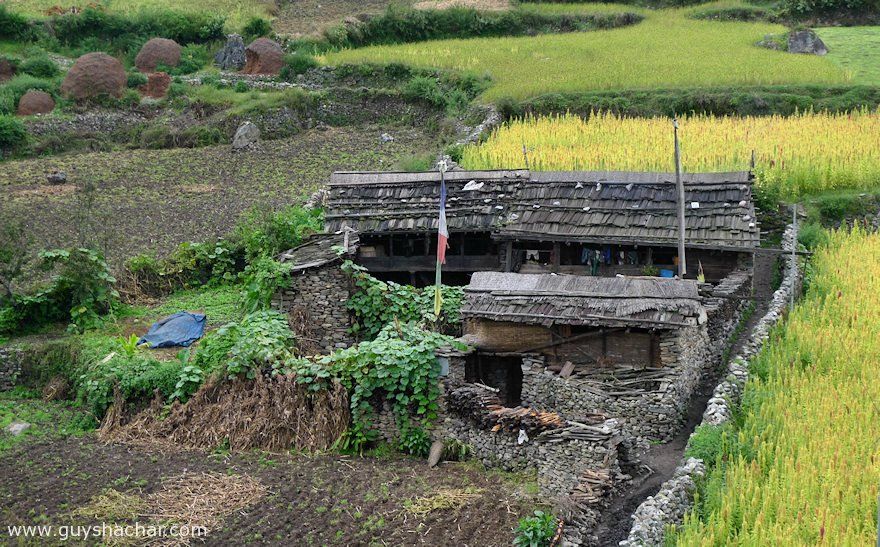

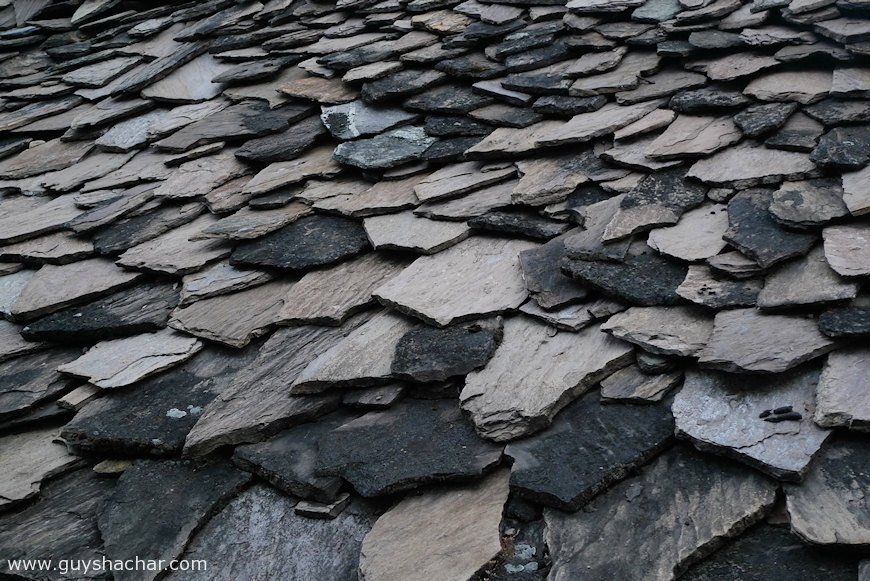
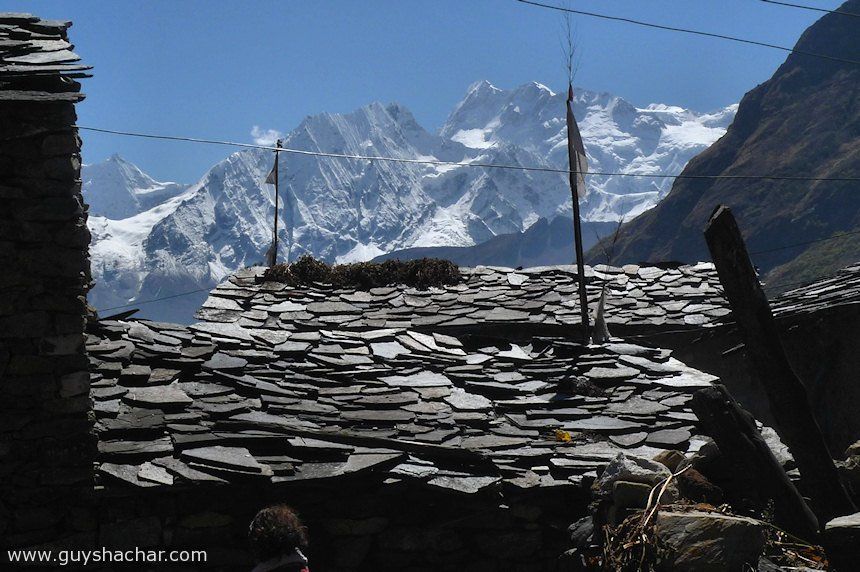
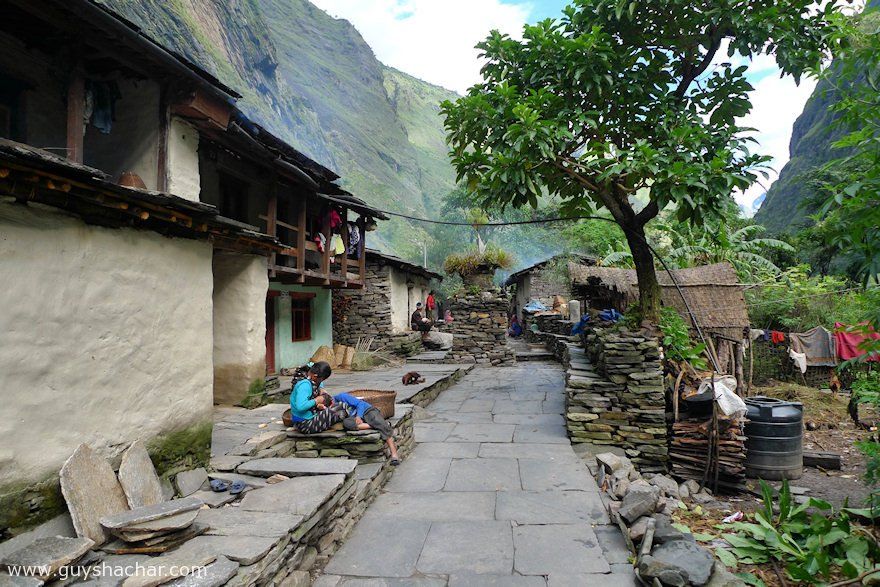


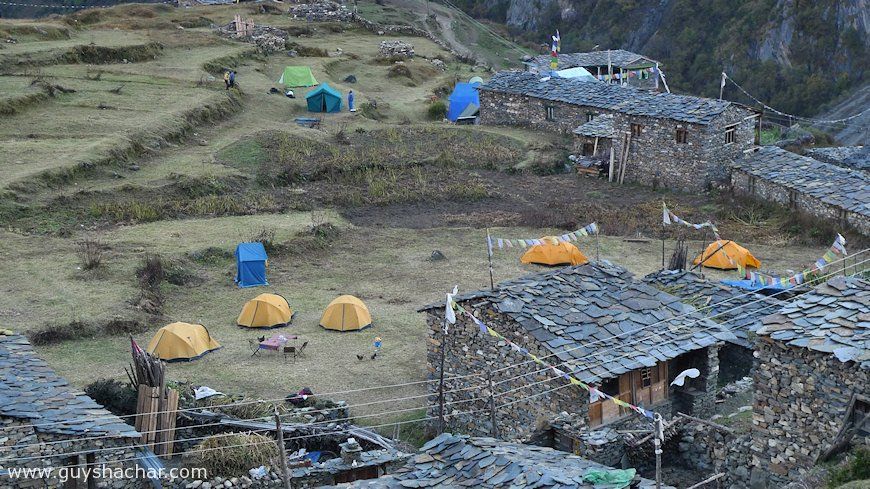
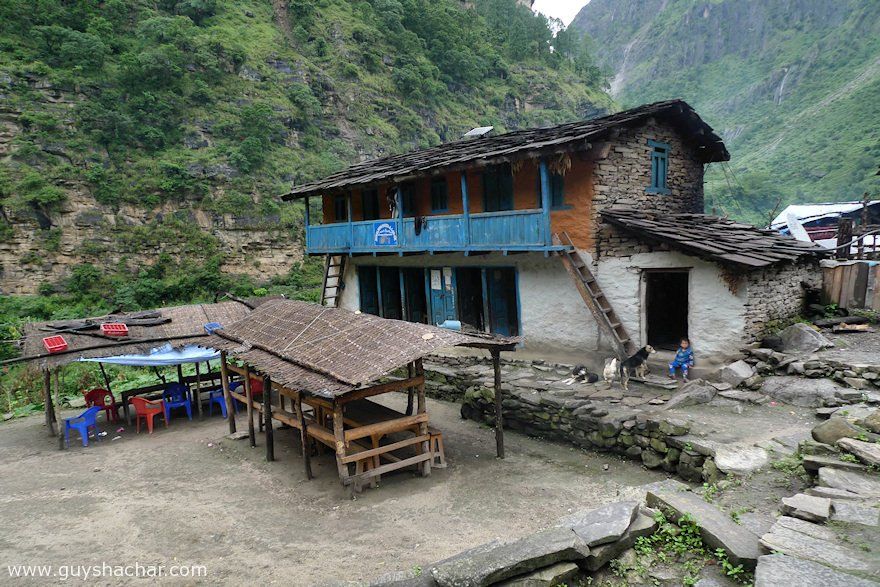
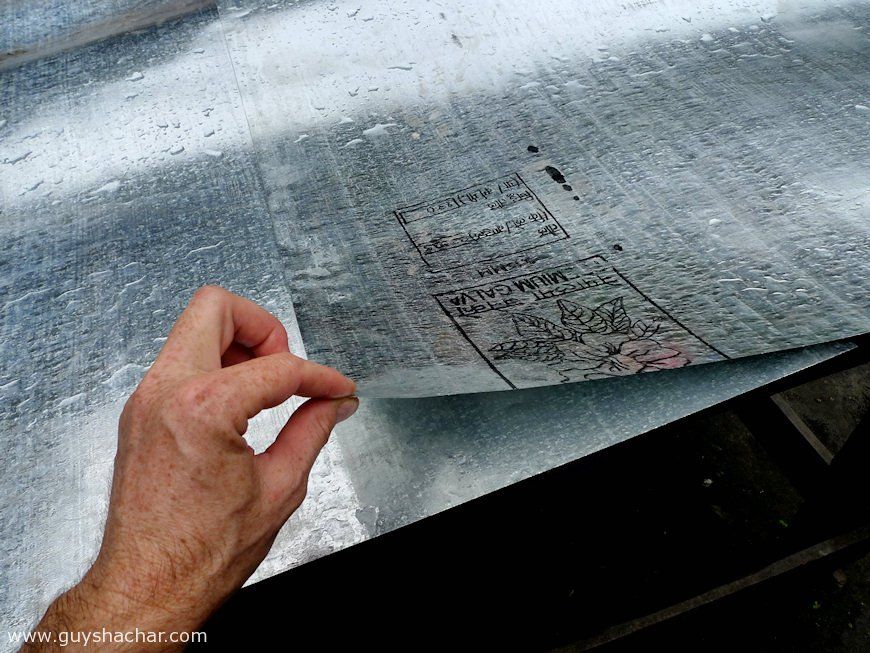
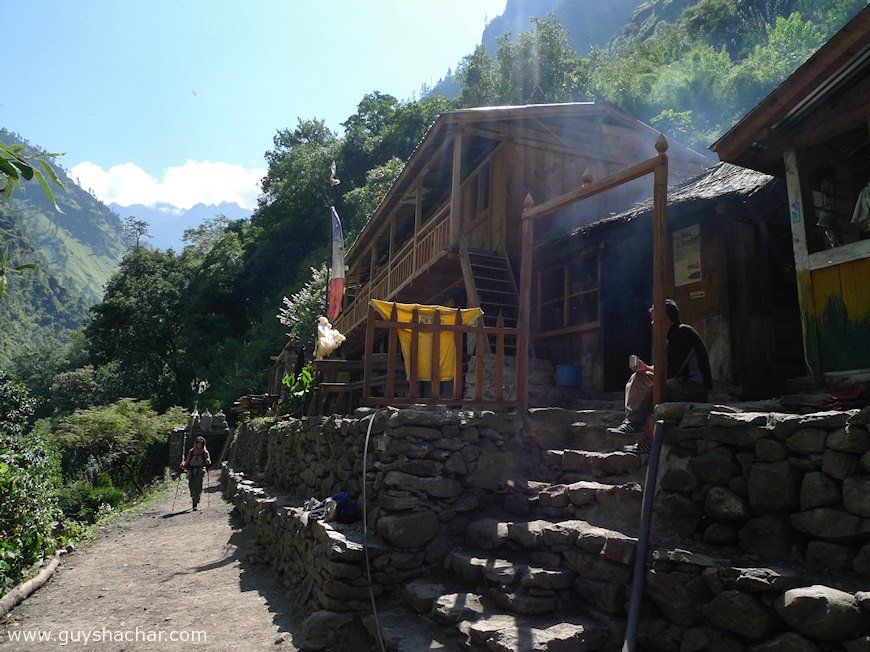
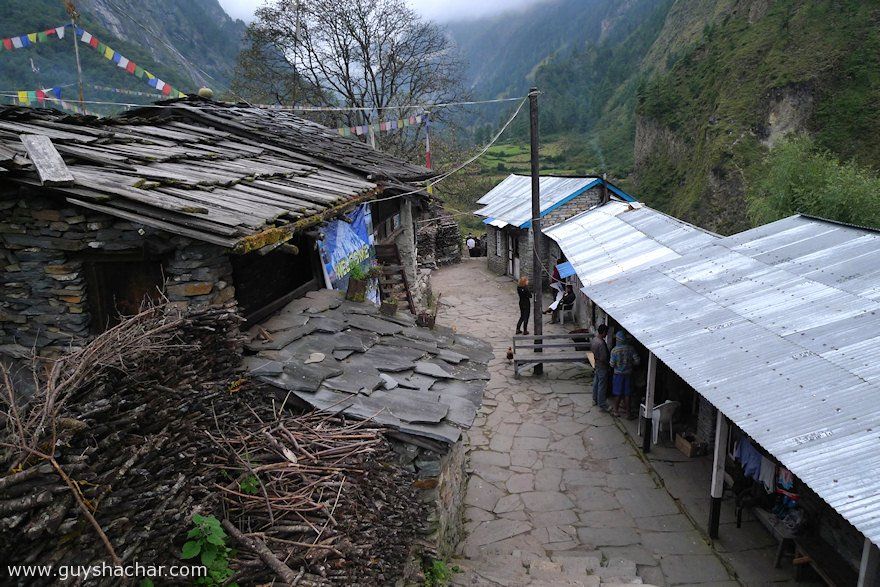
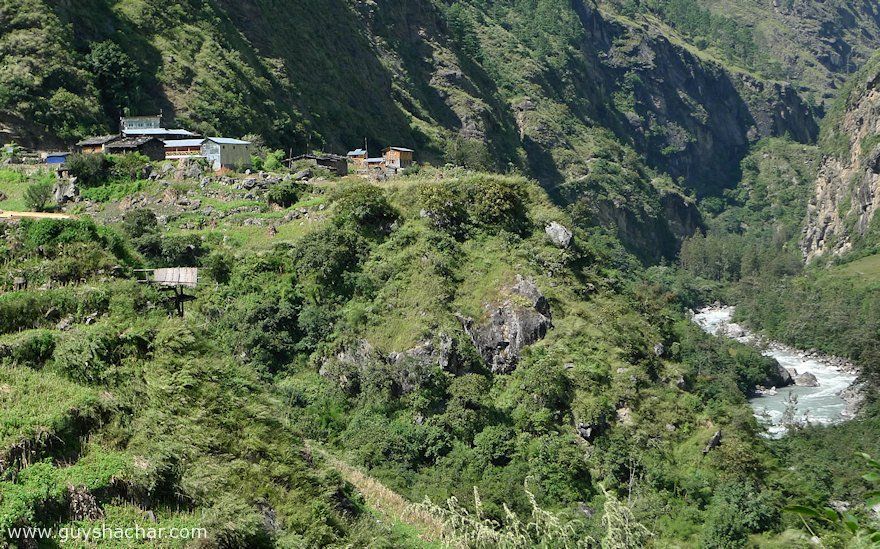
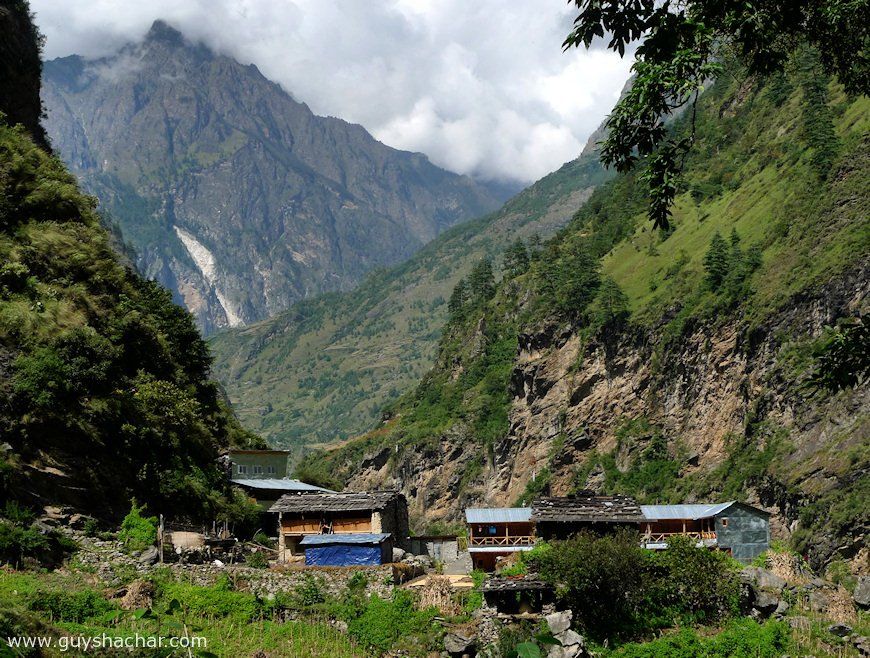
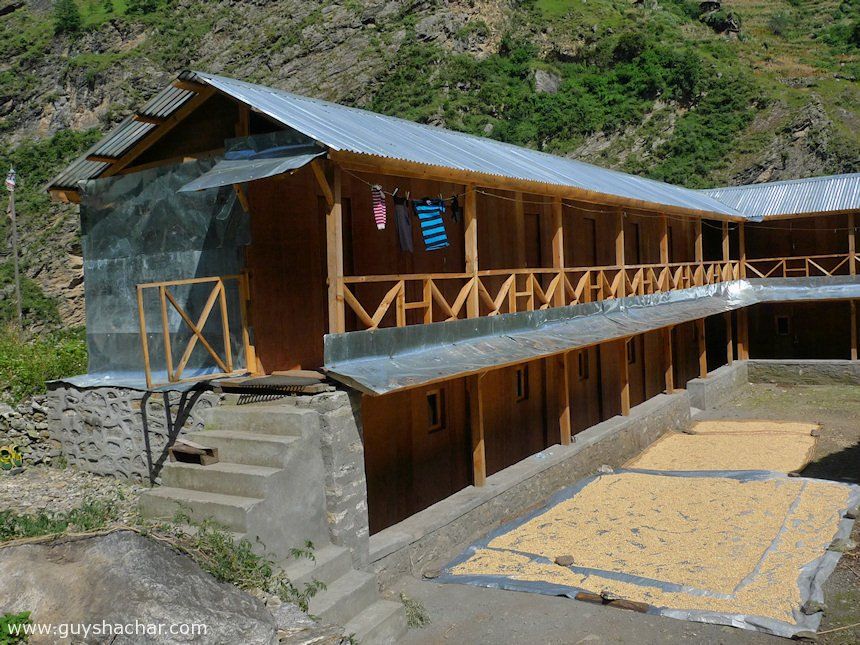
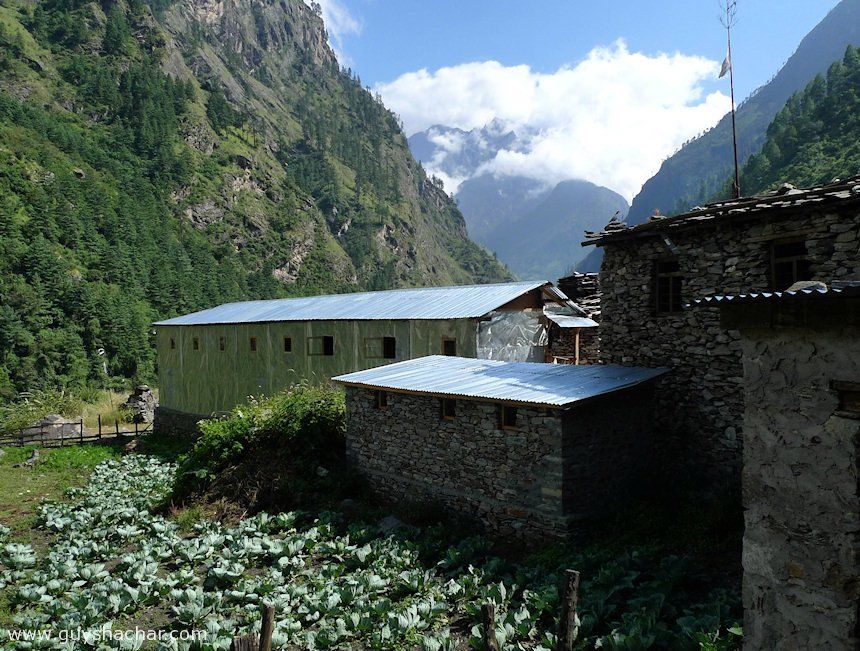

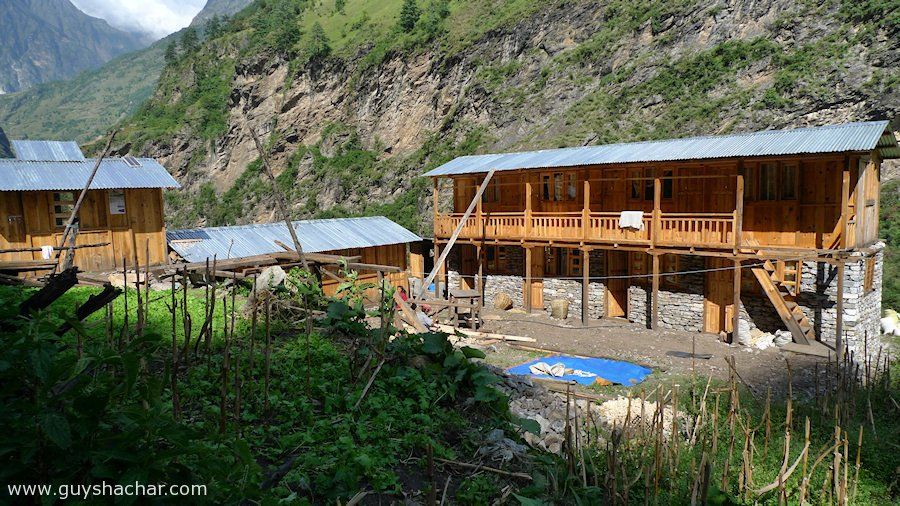


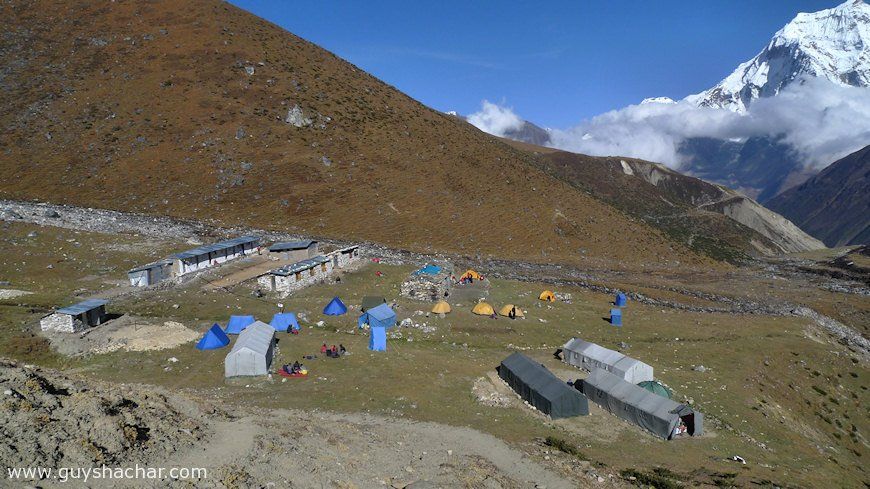
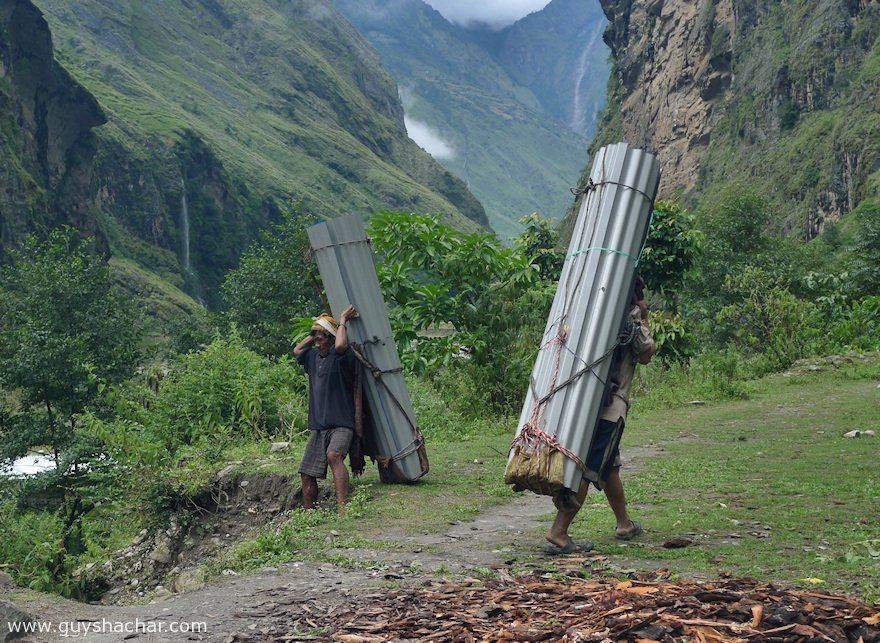
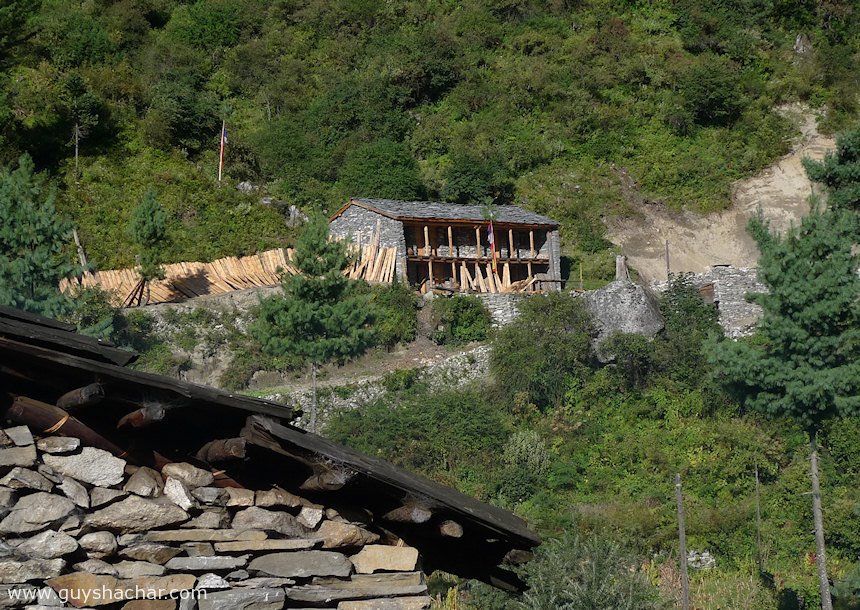

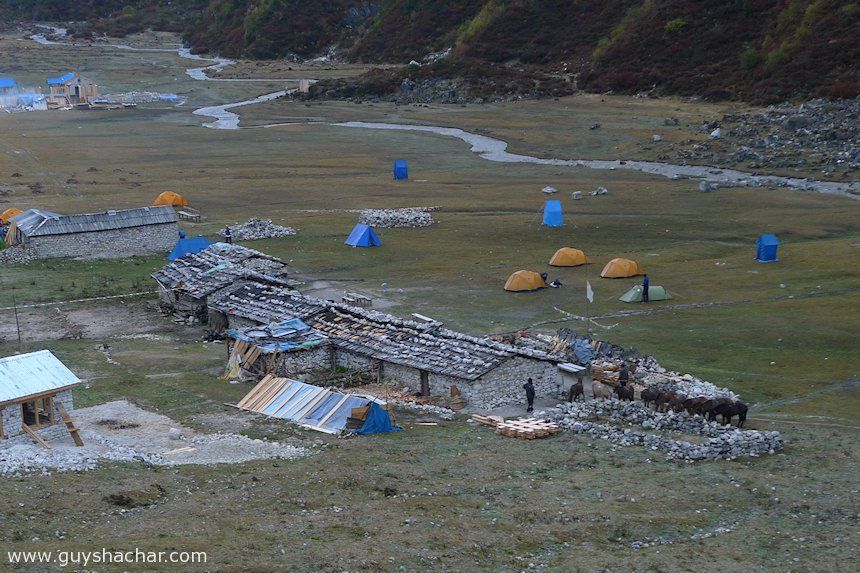
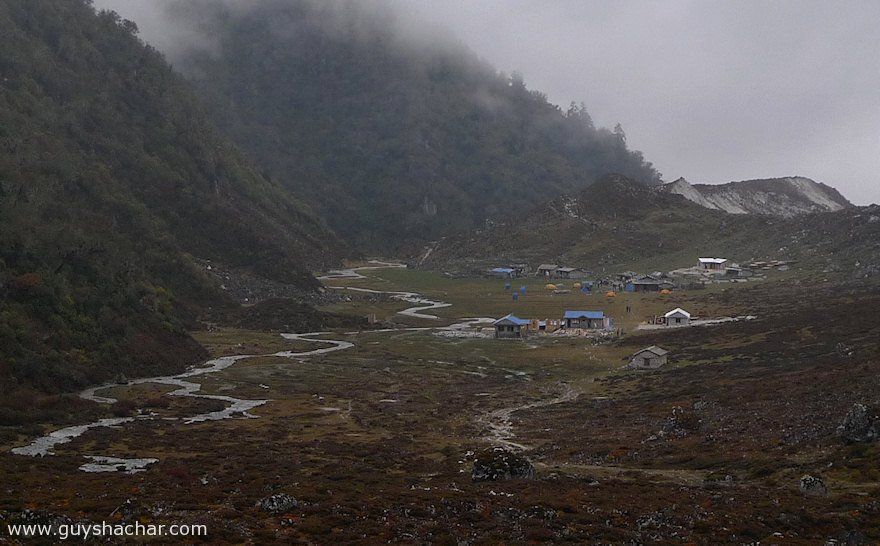

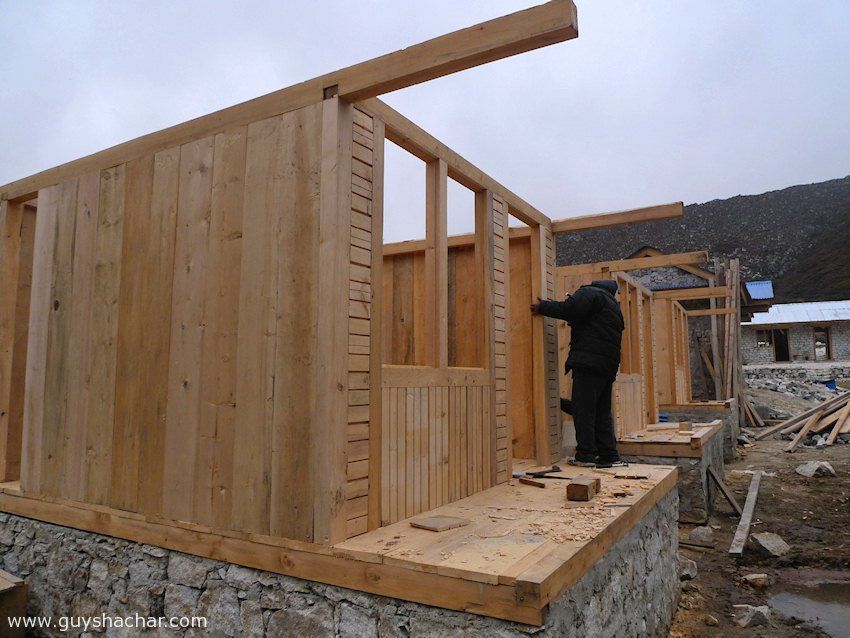

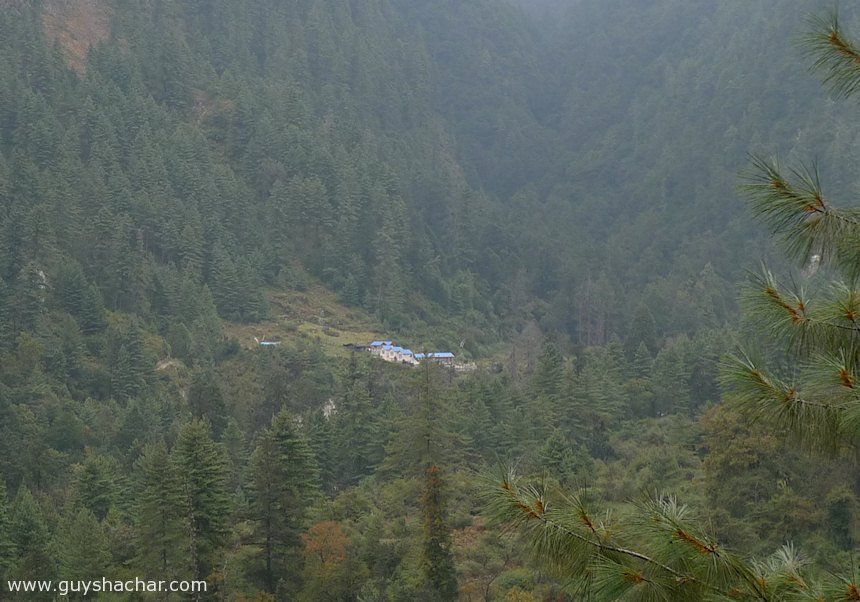
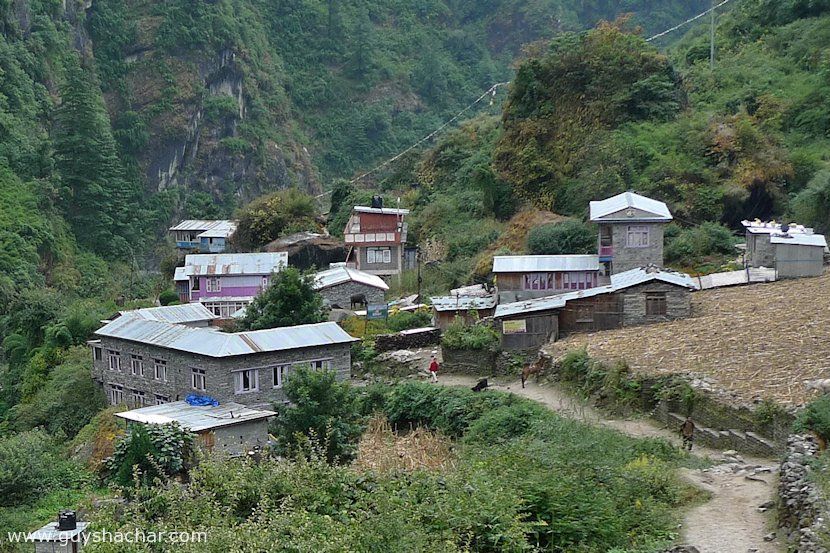
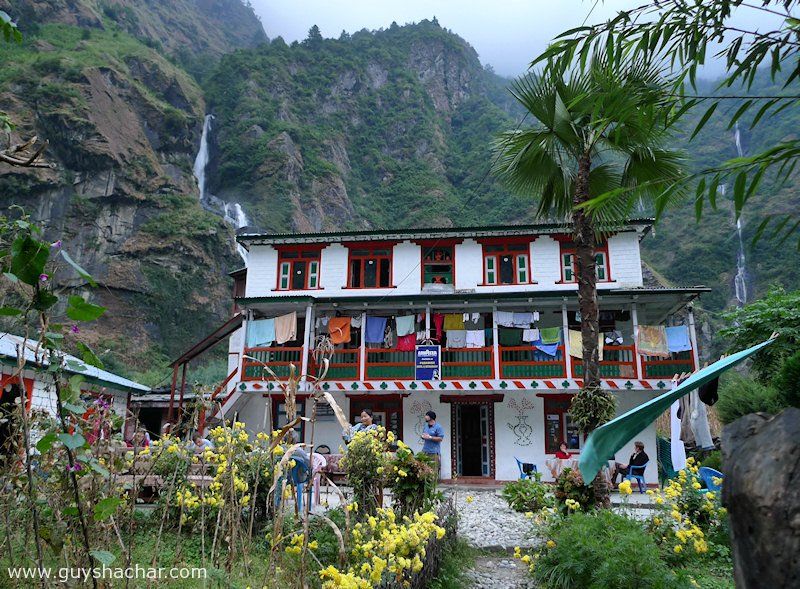
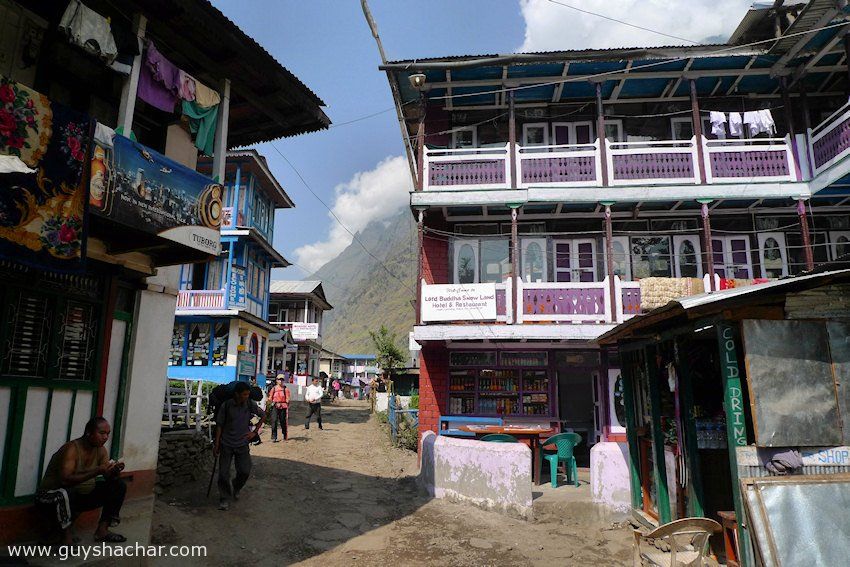
2 Responses
Paulo Rattes -Brasil
Muito interessante as construções.
chris goodliff
thank you for this timely article. Surely the Nepali government should be interested in safeguarding the traditional architecture – be it only to safeguard foreign dollars to come into the country. Because as you say: people don’t just come for the mountains, but for the whole package: culture, people, nature. It’s high time some planning/ building regulations are put into place.